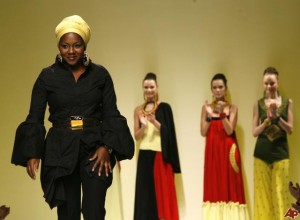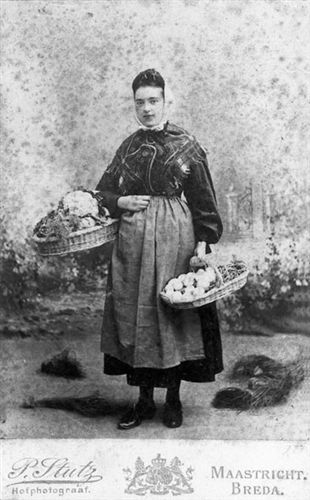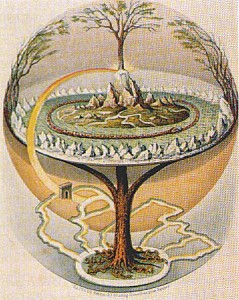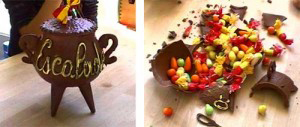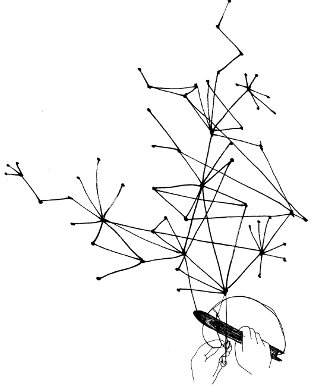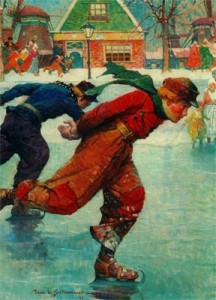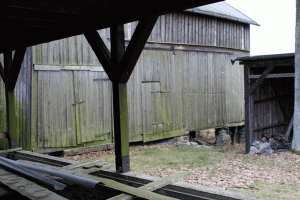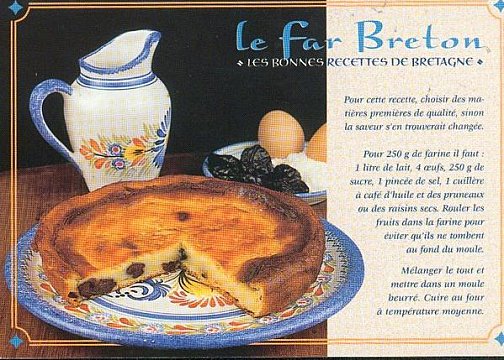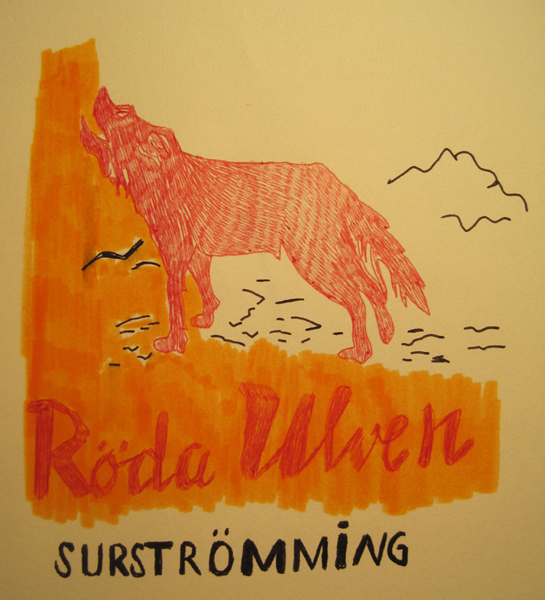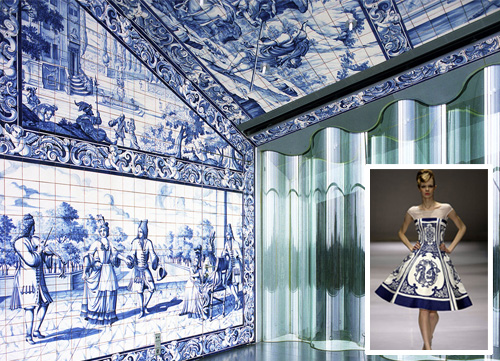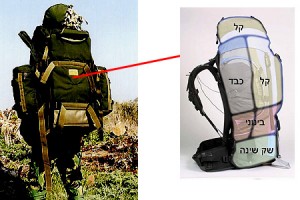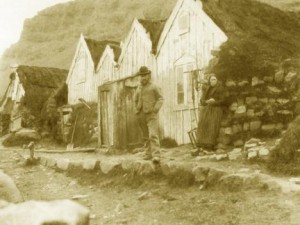Uganda is het land waar mijn moeder vandaan komt. Een land dat ondanks zijn armoede, ruimte creeert voor jonge ontwerpers en ze een kans geeft hun kleding te laten zien op de uganda fashion week.
Het is de bedoeling dat ze een hedendaagse visie op mode hebben en
weten wat er in de rest van de wereld gemaakt wordt. Maar ze houden de traditie hoog nog steeds door de afrikaanse folklore als voornaamste inspiratie te gebruiken. Dat betekent niet dat ze de bekende prints gebruiken die je vaak ziet, maar de vormen van de mouwen, de felle kleuren of de accesoires.
Daarnaast werken veel ontwerpers met organisch katoen om de mensen te laten zien dat niet alles van buiten af hoeft te komen, omdat grotendeels alle mode uit china komt en bekend staat als “cheapfashion”.
hierbij helpen ze de boeren van het platteland dat een positieve draai geeft aan de economie.
Bij de expositie gejaagd door de wind hadden ze dezelfde idee van folklore, werken met wat er al was en dat in een nieuw jasje te steken.
Bezoek ook de site van een van de bekendste ontwerpers uit Uganda: www.sylviaowori.com
